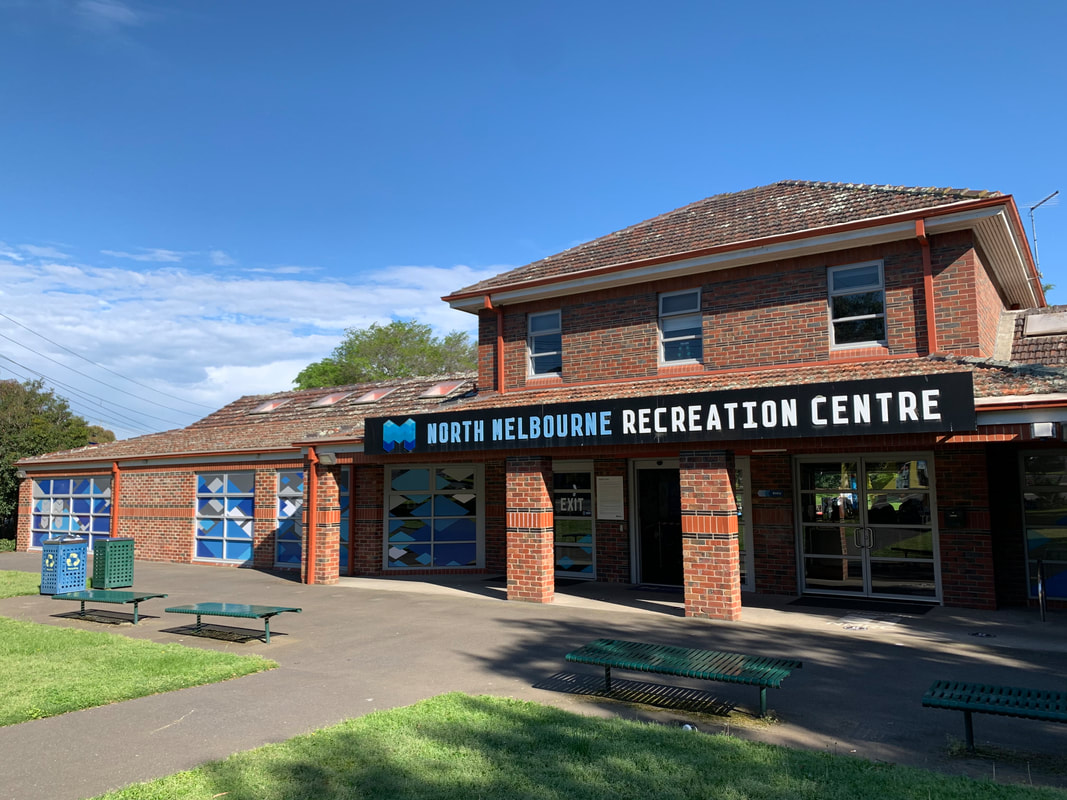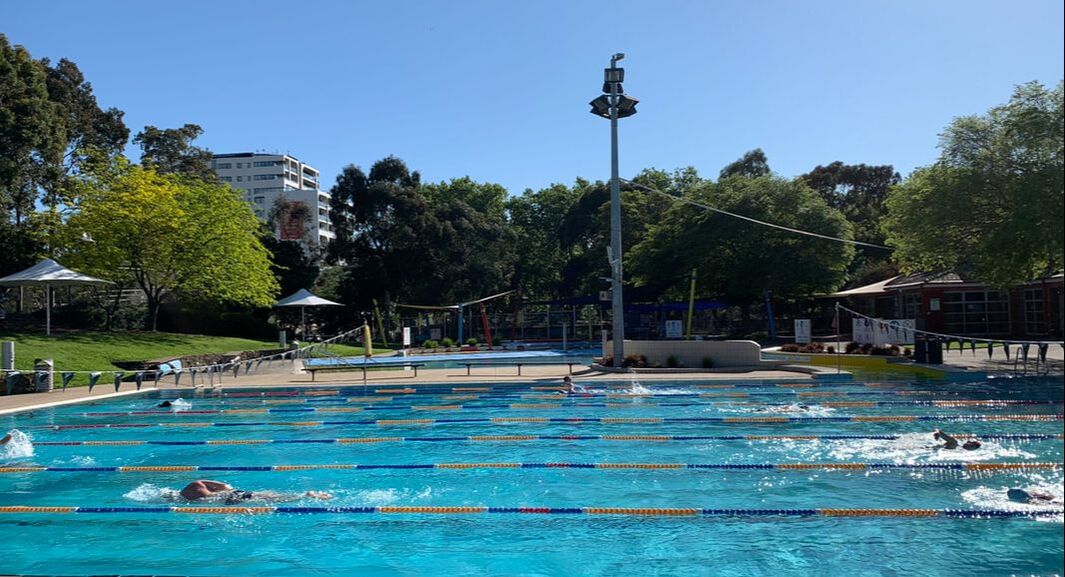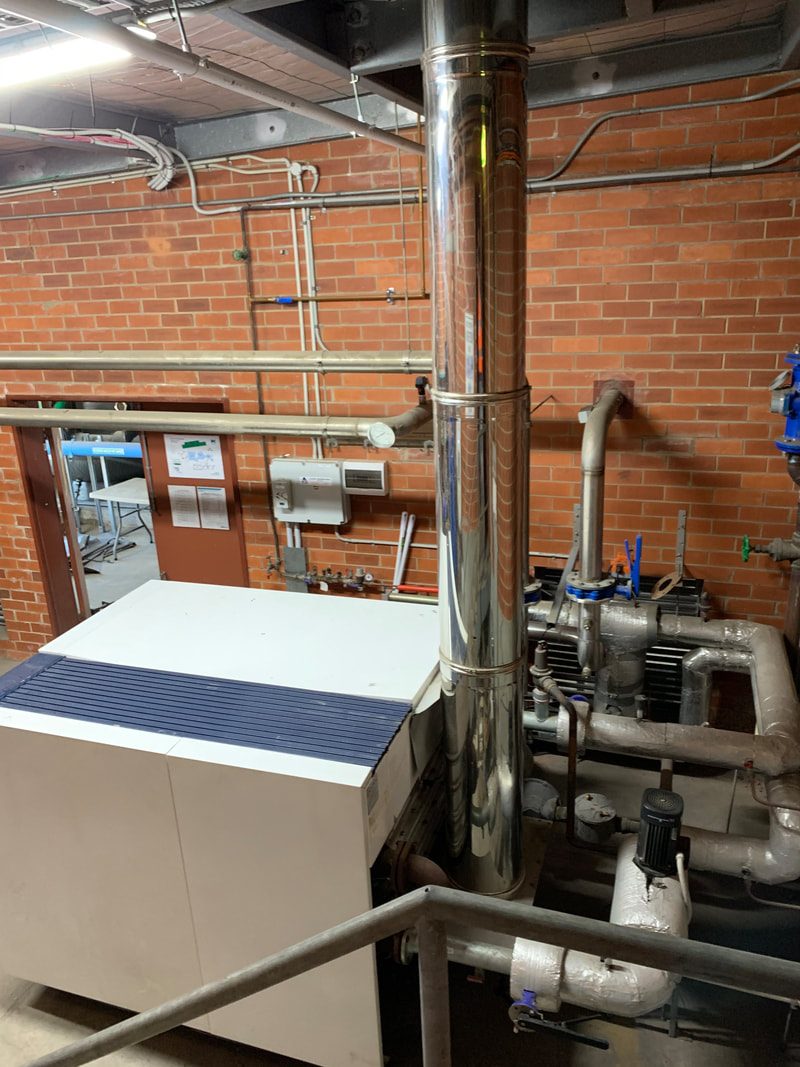What is driving action to get off gas in the City of Melbourne?City of Melbourne (COM) has a Climate Emergency Plan which includes a commitment to “transition Council operations from fossil fuels”. This includes commitments to go gas-free with new builds and large redevelopments and converting their top ten energy-using buildings by 2030, and the rest of their buildings by 2040. They are in the process of refreshing their emissions reduction plan for their operations, a five-year plan coming to the end of its life. It has driven large projects such as streetlighting upgrades and MREP (renewable energy power purchase agreement), which have made great progress in reducing emissions from electricity so gas is now becoming a strong priority. After the end of 2019 when Melbourne declared a climate emergency, this strategy identified ten priority areas to accelerate action where it would be most impactful. Getting off gas was one the first of those actions. “Find out where your gas is, what the priorities are, and narrow the effort from there.” |
North Melbourne Recreation Centre.
|
What has happened so far? The first step was to identify where gas was being used across all council buildings. They ascertained that 85% of their gas use came from ten buildings - mainly pools and office buildings. These became the “top ten” buildings to convert.
They did individual on-site audits of 14 buildings - the rest were desktop audits (using equipment registers). They didn't audit buildings that were being redeveloped as they were already being reviewed. Melbourne then conducted a feasibility study and created a ten-year road-map for 40 buildings – covering almost every single one of their gas meters. They haven’t completed many conversions yet, but have caught the majority of new developments and redevelopments. These have been mainly (80%) heating systems in recreation centres, admin buildings and town halls and about 20% have been hot water systems. There have also been a handful of cooking and other appliances. The commitment to making Kensington Recreation Centre gas-free in the redevelopment process (currently in the procurement stage) has been a big win. What have been the benefits?The roadmap has identified cost savings through:
There can also been operational benefits. Heat pumps can be modular so allow additional redundancy to be built into the system, if one module is down for maintenance the other modules can keep operating. this works well for the facilities management team because shutting down a rec centre for a couple of days is very unpopular with the public. The environmental benefits are in transitioning council operations away from fossil fuels. |
What’s next?COM will be electrifying sites according to their road-map, which includes assessment criteria to prioritise and sequence actions. Assets coming to the end of their lifetimes are targeted first and rather than a typical like-for-like replacement will be upgraded with heatpumps instead. Domestic hot water units will be replaced when their life-cycle ends. This approach makes efficient use of budgets and embodied emissions.
Rather than focusing on total elimination of emissions, because the final “bits and pieces” of emissions are very hard to eliminate, Melbourne sees there is more value to be gained by looking at the emissions in their supply chain and influencing others. Melbourne is pushing the envelope by looking at the scope of their emissions reduction plan and looking for emissions reduction opportunities in events, procurement and embodied emissions . Although they have publicly committed to converting all buildings by 2040, they have given themselves an internal stretch goal of completing full electrification by 2030.
|
How is it being led and embedded in the organisation?The Zero Carbon City team are responsible for this action within the Climate Emergency Plan and work with all of the teams that manage and deliver buildings, including the design team, the capital works team, recreation, parks and procurement.
There is a good shared understanding across the council that the policy is “no new gas” and there is a good level of buy-in on the ten-year roadmap. There is a strong relationship between the design team and the Zero Carbon City team. When internal clients approach the design team with their needs or projects, the design team will in turn consult the Zero Carbon City team during the design process. The capital works team then delivers the project, and eventually they are handed over to the property team for ongoing management and maintenance. This approach works well because other teams have different priorities (such as minimizing maintenance) whereas by working with the designers and the finance team who oversee the capital works bidding process, the Zero Carbon City team are able to ensure that going gas-free is considered a priority from the outset, and is prioritized through the internal bidding process. This prioritization of sustainability also means project managers are more likely to consult the team or do their own legwork to incorporate sustainability into their bids. The ZCC team also support sustainable projects by seeking grants and other financing options, and this has the added benefit of insulating any sustainability measures from future budget cuts, as the funding depends on those sustainability measures.
|



